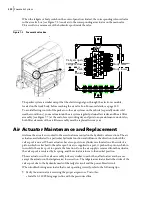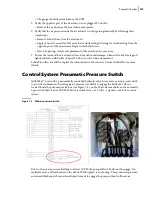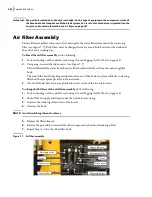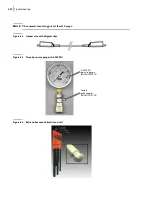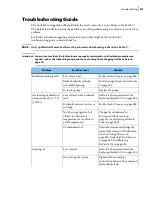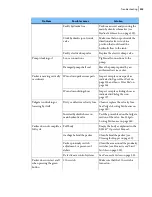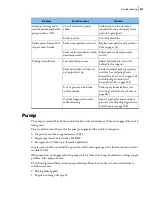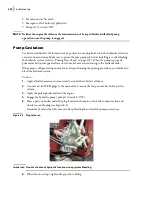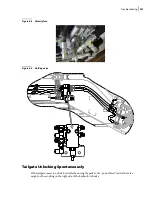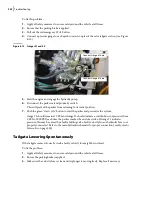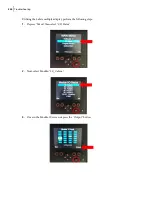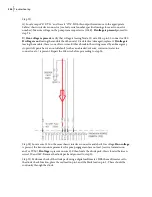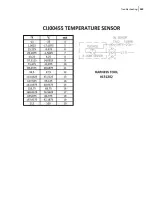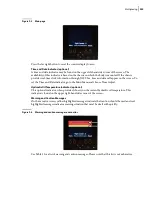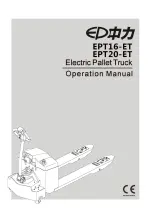
338
Troubleshooting
Transmission in “Neutral”
Emergency S
TOP
button(s) pulled out
Pump (
PTO
) switch “ON”
N
OTE
:
Neither the engine throttle nor the transmission not being in Neutral will affect pump
operation once the pump is engaged.
Pump Cavitation
Cavitation is defined as the formation of air pockets in a moving fluid. Air in the hydraulic oil causes
excessive wear and noise. Make sure to prime the pump properly before installing it or after flushing
the hydraulic system (refer to “Priming New Pump” on page 275). When the pump is properly
primed, cavitation disappears after a short time because air is returning to the hydraulic tank.
If the pump is still generating unusual noise after performing the priming procedure, you will have to
bleed the hydraulic system.
To do so:
1.
Apply all safety measures to ensure safety around the vehicle at all times.
2.
Connect a 0–4000 PSI gauge to the main valve to ensure that no pressure has built up in the
system.
3.
Apply the parking brake and start the engine.
4.
Engage the hydraulic pump (pump/
PTO
switch “ON”).
5.
Place a pan or a bucket under the plug located on the main control valve output section and
slowly loosen the plug (see Figure 8
5).
A mixture of oil and air will come out. Keep bleeding the oil until the pump noise stops.
Figure 8
-
5 Plug to loosen
I
MPORTANT
:
Do not activate any hydraulic function during system bleeding.
6.
When the noise stops, tighten the pipe/hose fitting.
Summary of Contents for EXPERT
Page 1: ...EXPERT TM MAINTENANCE MANUAL...
Page 2: ......
Page 3: ...EXPERT MAINTENANCE MANUAL...
Page 10: ...viii Table of Contents...
Page 18: ...8 Introduction...
Page 244: ...234 General Maintenance...
Page 251: ...Lubrication 241 Figure 4 11 Glass compartment lubrication chart optional...
Page 252: ...242 Lubrication Figure 4 12 EXPERT lubrication chart...
Page 264: ...254 Lubrication...
Page 320: ...310 Hydraulic System...
Page 357: ...Troubleshooting 349...
Page 358: ...350 Troubleshooting...
Page 386: ...378 Multiplexing...

